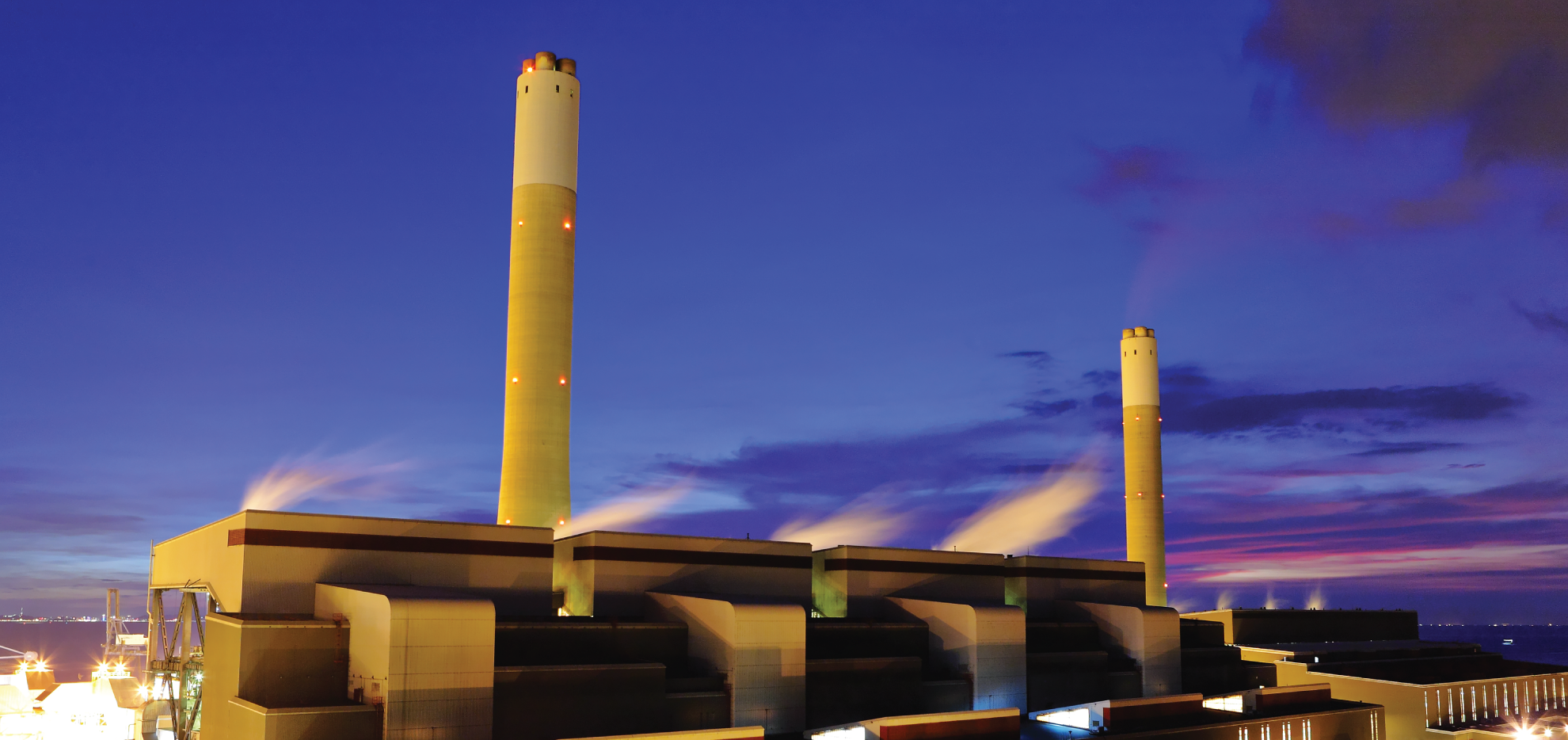Drive Selection For Boiler Feed Pumps

Coal fired utility power generation plants are primarily designed as base load units in India. In order to meet the load demand of future industrial growth large capacity power plants with super / ultrasuper critical technology are envisaged which offers higher efficiencies with lower emissions. In a power plant, Boiler Feed Pumps (BFPs) including its drives is one of the cost intensive auxiliaries and also consumes significant auxiliary power; about 3.5% of gross power generated. For this reason it is utmost important to select the most optimum drive and configuration for BFPs that offers maximum overall benefit to power plant without compromising on its availability.
In Indian power industry various configurations of BFPs are in practice. Smaller capacity plants are operating with motor driven boiler feed pumps (MDBFP) of either 2 x 100% or 3 x 50% configuration with constant / variable speed drives. Large capacity power plants of 500 MW and above, are operating with turbine driven boiler feed pumps (TDBFP) with 2 x 50% TDBFP and 1 x 50% MDBFP with variable speed hydraulic coupling.
The drive selection of BFPs depends on several factors viz., definition of plant capacity Gross / Net, base load / cyclic load operation, cost of fuel, heating value of fuel, minimum contractual power generation & bonus, if any for additional generation, power tariff and power generation cost. For large capacity power projects TCE perform optimum drive and configuration selection study for BFPs, considering all the influencing parameters.
It is important that the BFP and its drive selection study be carried out with proper knowledge and understanding of the connected factors since a wrong choice would mean perennial drainage of revenue.
In one of the large capacity power projects engineered by TCE, the definition of plant capacity was based on net power export basis. The tariff was also low. After a thorough analysis it was found that 2×50% MDBFP offers the most optimum solution contrary to the prevailing practice of adopting 3×50% MDBFP or 2×50% TDBFP + 1MDBFP.
Such non-conventional solution is possible only after a thorough study critically reviewing and taking into consideration of all related factors and performing ‘what if’ analysis. TCE with its expertise and experience could perform this critical study that has brought in a completely new dimension to BFP and its drive selection in Indian power sector.






